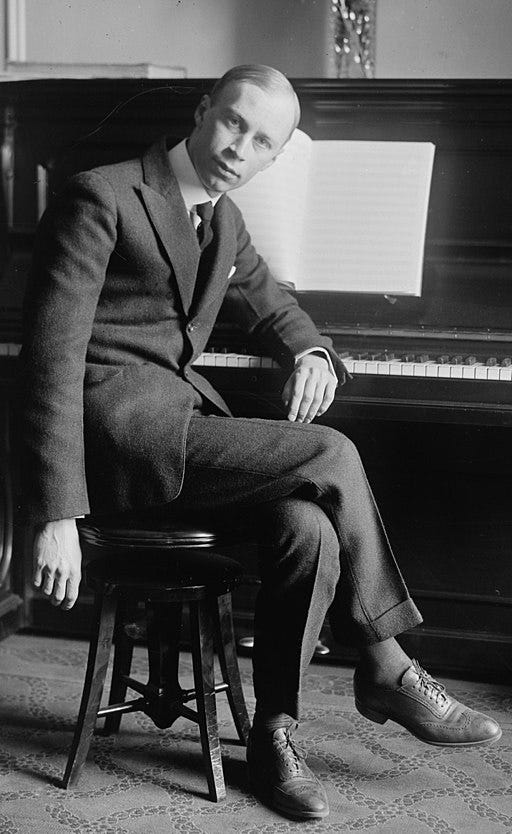Anyone who has talked with me in depth about music knows I really enjoy the twists and turns in Prokofiev’s writing. His is one of those voices that seem both distinctive and largely inimitable—and though much of his output is approaching 100 years old, I still find a freshness in his music that I’d like to learn a lot from.
Anyone who has talked with me in depth about music probably also has heard me grumble about how well music courses and books seem to understand and teach 1700s-era writing but how little understanding there seems to be of some more modern musical practices (at least an understanding that is able to be conveyed in the same kind of musical-layman’s terms the ins and outs of four-part writing and counterpoint are…). I would list Vincent Persichetti’s 20th Century Harmony as one of the very few exceptions I’ve encountered.
In learning what makes Prokofiev’s music special, there are resources, but mostly dissertations that are narrowly focused and that require extensive googling for even someone well-versed in music to understand. Having dug into some of those dissertations to understand what makes Prokofiev’s music unique, let me share some of what I found. In a couple following posts, I will share a practice piece I wrote that I think does a pretty good job of applying these bits of vernacular.
Prokofiev dominant
The easiest place to start is with something musicologists call the “Prokofiev dominant”. Prokofiev will sometimes use a pretty straightforward (i.e. tonal) harmonic progression but before returning to the tonic chord will create interest by substituting another chord for the dominant function chord. This is fairly common now, but was somewhat novel in the early 20th century. This substitution usually has some chromatic relationship to the tonic chord and comes in a few flavors:
Substitution for dominant
Instead of the V chord, Prokofiev will substitute a chord that is a half step above or below the tonic chord and then resolve chromatically upward or downward to that tonic. In this example from one of his piano sonatas, he does both simultaneously, sliding up and down at the same time.
Substitution AND dominant
This takes substitution for a dominant and adds the dominant back in—basically playing the chromatically sliding chord on top of a V chord in a kind of poly chord. For example, if we’re chugging along in C major and about to reach the tonic, Prokofiev might write a G major chord (or sometimes just a G) in the lower voices with a B major chord on top. The G resolves with an upward leap of a 4th or downward leap of a fifth and each of the notes in the B major chord slide up to C major, sounding something like this from his ballet Romeo & Juliet:
Encircling the tonic
Sometimes Prokofiev will chromatically enclose/encircle the tonic chord before landing on it, writing a chord that is a half step above the tonic, followed by a chord that is a half step below the tonic, followed by the tonic. Here’s an example from his Ballet Cinderella:
These are some of the main ways Prokofiev adds harmonic interest to otherwise unremarkable harmonic progressions. Another thing to note is that these kinds of non-traditional chord progressions work so well because of smooth voice leading, or minimal movement in individual voices between chords.
Just knowing this was one device Prokofiev frequently used will have you start hearing it everywhere in his music.
Next time we will dive into some of the other parts of Prokofiev’s musical vernacular.
I’ll leave you with this collection of examples of Prokofiev doing funky things with his cadences—examples mostly seen in Harley Konrad’s dissertation on harmony in Prokofiev’s music, where you can find more discussion of them. Pair this with my entry about one of Prokofiev’s melodic recipes.





